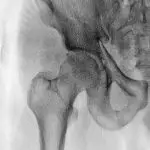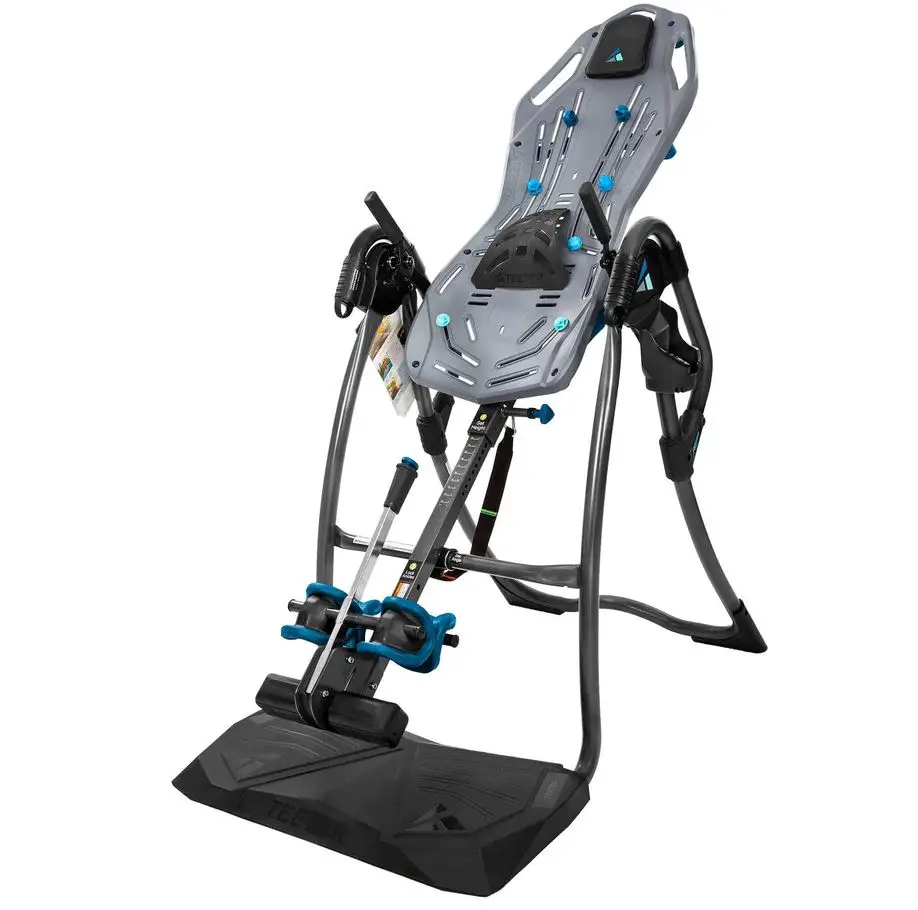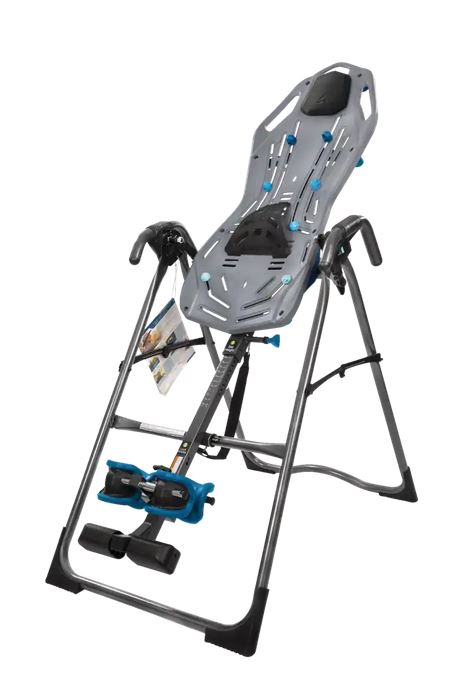As a federal health insurance program that covers both the young and the old, Medicare is a vital part of the US healthcare system. One of the most important things that Medicare does is provide access to quality health care for all Americans. This is regardless of their age, income, or health status. With Medicare, everyone has a right to receive the best medical treatment. It has a long list of inclusions, but the question is whether Medicare covers an inversion table.
Does Medicare Cover Inversion Tables?
Yes, but with an ‘if’. Medicare will cover an inversion table if it is medically necessary and prescribed by a doctor. An inversion table is considered durable medical equipment (DME), and it must meet certain criteria to be covered. Here are the requirements for an inversion table to be covered by Medicare?
1. Medically necessary
For your inversion table to be covered by Medicare, it must be medically necessary. Your doctor must determine that the inversion table is the best possible treatment for your condition. To make this determination, your doctor will consider your medical history, current health status, and other factors. If your doctor believes that an inversion table is not the best possible treatment for your condition, Medicare will not cover it.
2. Prescribed by a doctor
In addition to being medically necessary, a doctor must also prescribe your inversion table. This means that your doctor must write a prescription for the inversion table and give it to you. The prescription must be for an inversion table’s specific make and model. Medicare will not cover an inversion table that a doctor does not prescribe.
3. Durable medical equipment (DME)
An inversion table is considered durable medical equipment (DME). DME is defined as any equipment that is used to provide therapeutic benefits to a patient. To be covered by Medicare, your inversion table must meet the following criteria:
-
- It must be used for medical purposes.
-
- The inversion table must be used to treat a medical condition.
-
- The inversion table must be durable. This means that it must be able to withstand repeated use.
-
- It must be used in the home.
-
- The patient must use the inversion table.
If your inversion table meets all of these criteria, Medicare will cover it.
4. Rental or purchase
When you have a prescription for an inversion table, you have the option to either rent or purchase the inversion table. If you rent the inversion table, Medicare will cover 80% of the rental cost. If you buy the inversion table, Medicare will cover 80% of the purchase price.
Another thing, the seller or renter must be covered by Medicare for you to be able to file a claim.
How Does Medicare Cover for Equipment Work?

The amount of coverage that Medicare provides for medical equipment may vary depending on the type of equipment and the reason why it is needed. In general, however, Medicare will cover at least a portion of the costs associated with most types of medical equipment.
Medicare Part B covers medically necessary durable medical equipment (DME) ordered by a physician for use in the home. This includes items such as oxygen tanks, hospital beds, and walkers. Part B will also cover some routine maintenance and repairs for DME.
Medicare Part A covers medical equipment rented or purchased for use in a Medicare-certified skilled nursing facility (SNF). This includes items such as wheelchairs and lifts chairs. Part A will also cover some routine maintenance and repairs for medical equipment.
Medicare Advantage plans (Part C) may also cover DME, but the coverage may differ from what is available under Original Medicare. For example, some Medicare Advantage plans place dollar limits on the amount of DME they will cover. Medicare Advantage plans may also require prior approval before covering certain types of DME.
Medicare Prescription Drug Plans (Part D) may help pay for some medications used with medical equipment, such as those used to treat respiratory conditions.
Some Medicare recipients may also qualify for additional coverage for medical equipment through Medicaid or other programs.
If you need medical equipment, check with your Medicare plan to see what coverage is available. You may also want to compare the coverage offered by different Medicare plans before deciding.
What are the Alternatives to Inversion Therapy?
If the inversion table turns out to be too much work getting it covered by Medicare, there are other ways to get the same results with less effort, including:
1. Chiropractic care – Chiropractic care is an alternative medicine that focuses on diagnosing and treating musculoskeletal problems. Chiropractors use various techniques to treat back pain, including spinal manipulation.
2. Massage therapy – Massage therapy is an alternative medicine that uses touch to relieve pain. Massage therapists use various techniques to manipulate the muscles and tissues of the body.
3. Acupuncture – Acupuncture is a type of alternative medicine that involves the insertion of thin needles into the skin. Acupuncture is often used to treat pain.
4. Yoga – Yoga is a type of exercise that involves stretching and strengthening muscles. Yoga can help to improve flexibility and range of motion.
5. Tai chi – Tai chi is a type of exercise that involves slow, flowing movements. Tai chi can help to improve balance and coordination.
6. Physical therapy – Physical therapy is a type of rehabilitation that uses exercises and other treatments to improve movement and function. Physical therapists work with patients to help them regain strength and mobility.
7. Occupational therapy – Occupational therapy is a type of rehabilitation that helps people regain the ability to perform everyday activities. Occupational therapists work with patients to help them regain the skills needed for daily living.
8. Aquatic therapy – Aquatic therapy is a type of physical therapy that uses the properties of water to help patients regain strength and mobility. Aquatic therapists work with patients in pools or other bodies of water.
9. Electrical stimulation – Electrical stimulation is a therapy that uses electrical currents to relieve pain. Electrical stimulation is often used to treat back pain.
Verdict!
Medicare might or might not cover inversion therapy depending on certain conditions. Make sure that your inversion table is prescribed by a doctor, is durable medical equipment, and meets all the other criteria set by Medicare. You also have the option to either rent or purchase the inversion table. Medicare will cover 80% of the rental cost if you choose to rent.





